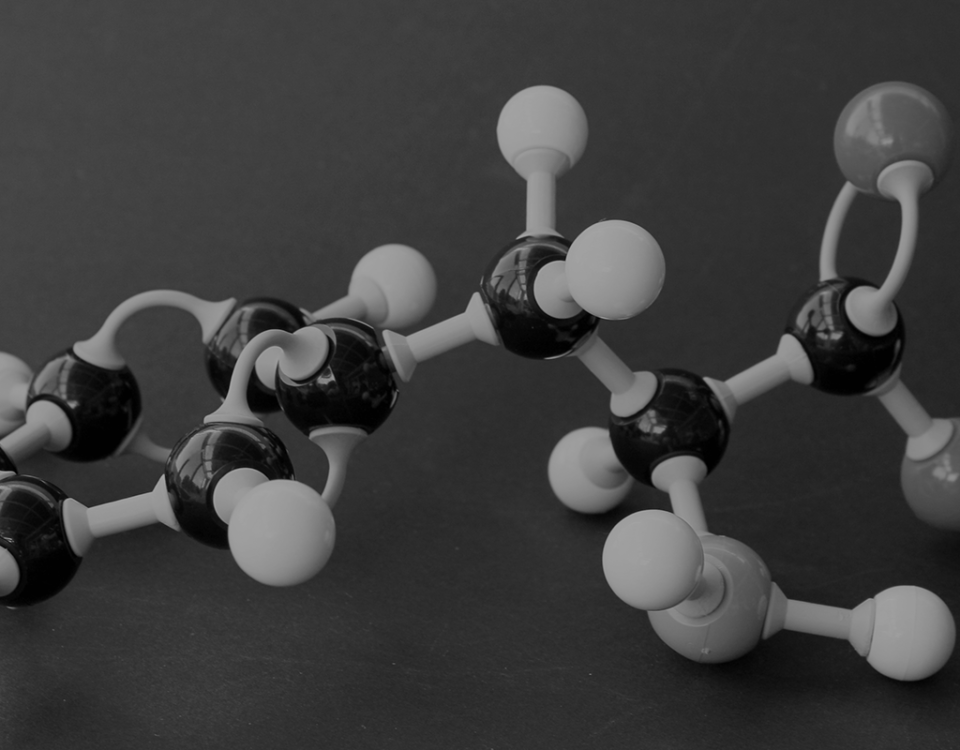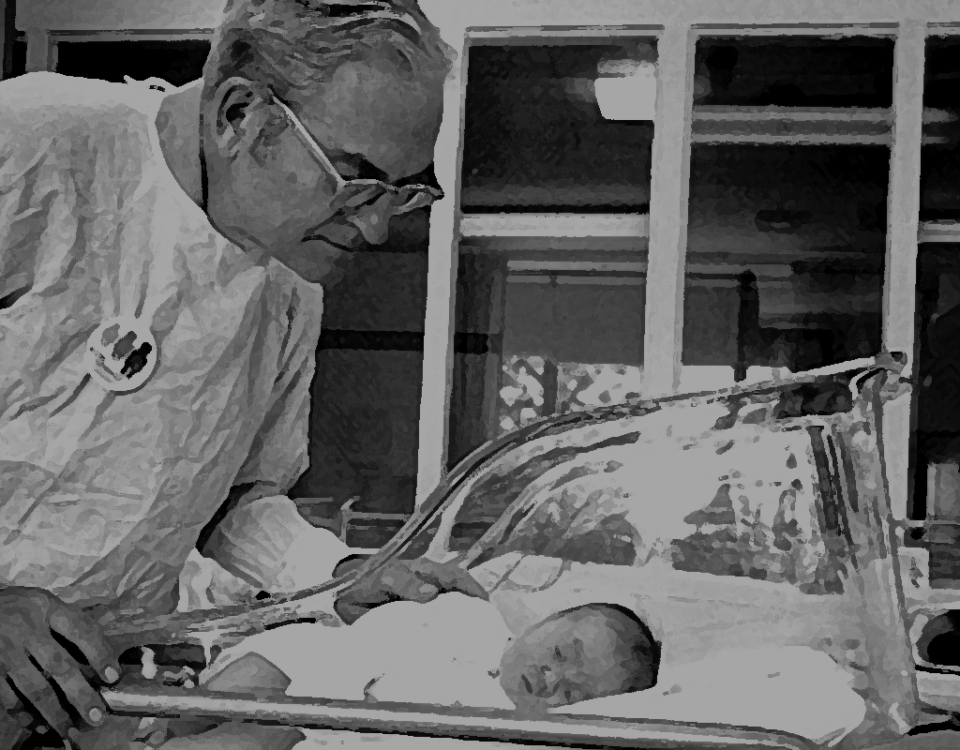History of newborn screening

تاریخچه غربالگری نوزادان
۸ آبان، ۱۴۰۱
رابرت گاتری پدر غربالگری نوزادان
۱۵ آبان، ۱۴۰۱The origins of Newborn Screening (NBS) date back to the 1950s and 1960s, when Dr. Robert Guthrie developed a blood test to screen newborns for phenylketonuria (PKU) and then conducted pilot studies to identify pre-symptomatic newborns. Guthrie used the bacterial inhibition assay (BIA) to measure the level of phenylalanine in blood samples taken from a newborn’s heel on filter paper on the second day of life. The success of this effort led other US states to initiate newborn screening (NBS). By the mid-1960s, nearly all states were screening for phenylketonuria. Congenital hypothyroidism was the second condition to be widely added to the screening panel. Also, Guthrie and his colleagues used the bacterial inhibition assay method to diagnose maple syrup urine disease and galactosemia.
As the newborn screening program has evolved, more conditions have been evaluated and added to the test panels to save or improve the lives of more babies. The development of newborn screening using tandem mass spectrometry (MS/MS) in the early 1990s led to the expansion of screening for congenital metabolic disorders that can be identified by the characteristic patterns of amino acids and acylcarnitines. In many parts of the world, Guthrie’s bacterial inhibition assay (BIA) has been replaced by the MS/MS method. However, the filter paper he developed is still used worldwide and enables the screening of millions of newborns annually.
In the United States, the American College of Medical Genetics recommended a uniform panel of conditions against which all newborns in each state should be screened. They also established an evidence-based review process for adding new diseases to the panel in the future. Implementation of the panel across the United States means that all newborns are screened for the same number of conditions. In 2008, the “Newborn Screening Saves Lives Act” was signed by the President of the United States. This act was enacted to increase the awareness of parents, health professionals and the public about newborn screening to identify metabolic disorders. Newborn screening (NBS) programs across the United States have increased the number of babies screened at birth, which has resulted in the lives of many infants being saved or improved. Newborn screening has become one of the most successful and equitable public health programs in the United States.
The main scientific developments in the field of newborn screening
In 1900, Garrod showed alkaptonuria was caused by a rare genetic factor with Mendelian inheritance.
In 1900, galactosemia, a congenital disorder of carbohydrate metabolism, was first described by von Reuss.
In 1934, Følling discovered phenylketonuria (PKU). This condition is a rare congenital metabolic disorder caused by the accumulation of the amino acid phenylalanine in body fluids and the nervous system.
In 1949, Pauling conducted studies on the molecular biology of sickle cells.
In 1953, Følling developed a test to diagnose phenylketonuria (PKU).
In 1953, Bickel recommended dietary treatment for phenylketonuria (PKU).
In 1953, Watson and Crick described the structure of the DNA molecule.
In 1954, maple syrup urine disease (MSUD) was first described by Menkes et al. as a progressive neurologic degenerative disorder.
In 1960, Dancis et al. showed that the metabolic block in maple syrup urine disease (MSUD) is in the decarboxylation of branched-chain alpha-keto acids derived from leucine, isoleucine, and valine.
In 1961, Guthrie developed the first newborn screening test (NBS) for phenylketonuria (PKU).
In 1963, galactosemia (GAL) was the second disorder to be diagnosed by newborn screening (NBS) methods developed by Robert Guthrie and Ken Paigen.
In 1965, thirty-two US states enacted screening laws, all but five of which mandated newborn screening (NBS) for phenylketonuria (PKU).
In 1968, New York began pilot newborn screening for galactosemia (GAL) and maple syrup urine disease (MSUD).
In 1968, Wilson and Jungner’s screening principles were published.
In 1970, forty-five states in the US enacted newborn screening laws.
In 1973, screening methods for congenital hypothyroidism (CH) and sickle cell disease (SCD) were developed.
In 1990, mass spectrometry (MS/MS) was used in newborn screening.
In 2010, all US states screened newborns for more than 30 metabolic disorders, many of which were performed using tandem mass spectrometry.
In 2012, CRISPR/Cas9 gene editing systems were discovered.
In 2017, the The Newborn Sequencing In Genomic Medicine and Public Health (NSIGHT) outlined the role of genome sequencing in newborn screening. This program examines the implications, challenges, and opportunities associated with the possible use of genomic sequence information in the newborn period.
In 2018, the FDA granted the first gene therapy approval for a newborn screening disorder: Zolgensma, a gene therapy drug for the treatment of spinal muscular atrophy (SMA).
In 2019, the National Institute of Child Health and Human Development (NICHD) in New York funded the ScreenPlus pilot study program. ScreenPlus is a voluntary research study in the field of newborn screening that can help in the early detection of some rare diseases in babies.
In 2021, the FDA reported more than a hundred gene-targeted therapies in late-stage clinical trials.




